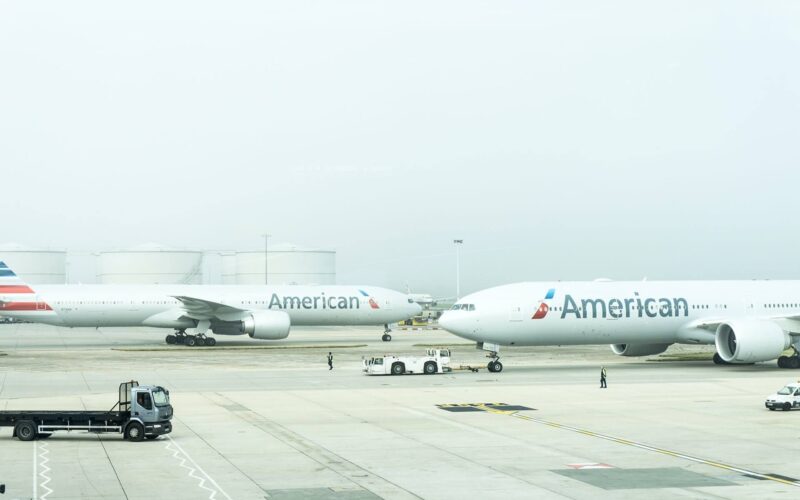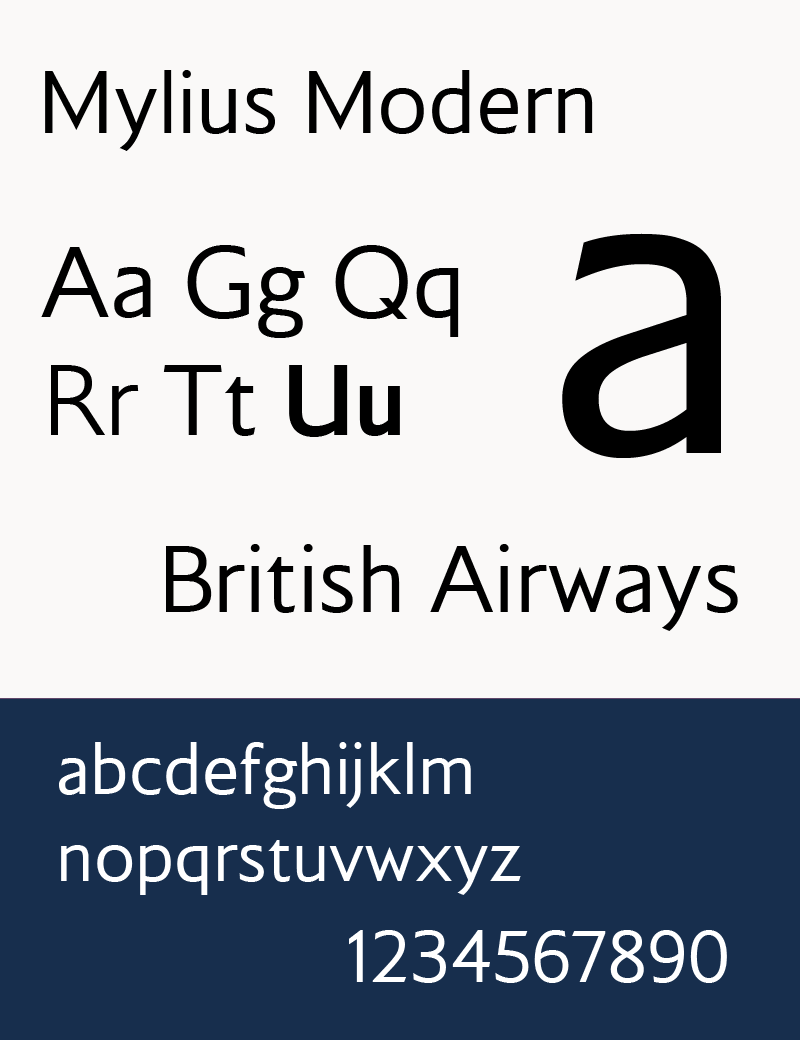Catchy name of the airline company is a part of the marketing strategy. According to the airline codes lists from the International Civil Aviation Organization and International Civil Aviation Organization, there are around 5000 air passenger carriers. That means no less than 5000 brands. With so many air carriers in the world, it is hard to find a great and unique brand name. Although, even those who have never flown have heard about American Airlines (A1G) (AAL) , or Air France, or Wizzair. We have chosen several iconic airlines and tried to find out how they came up with their brand names.
Brand naming strategies airlines apply
The aerospace industry had been using creative and inspiring brand marketing to promote their services for a long time. Due to its abundant and generative nature, product branding can provide an excellent return in investment. This rule also works for the airlines.
There are different categories of brand names and most or airlines fall into one of these categories. Some of the passenger air carriers’ names are descriptive, like American Airlines (A1G) (AAL) . They work by telling exactly what the company does.
Acronymic type of the brand name is just a short version of the descriptive name. The majority of such acronyms are made up of the first letters of the full company name, like SAS (Scandinavian Airlines System), or KLM (Koninklijke Luchtvaart Maatschappij).
Part of the airline carriers’ brands fall into the suggestive category. They seem like ripped from the dictionary, suggesting certain attributes of the company or certain benefits. For example, EasyJet, a British low-cost airline group. The company name refers to the easy approach of booking a flight, taking away all the frills in something to make it cheaper.
Several air carriers have a composite type of the name, which derives from gluing usually two brand names together. For example LATAM is a combination of two previous South American Airlines (A1G) (AAL) , Chile’s LAN and Brazil’s TAM. The companies merged and rebranded in 2012, creating the conglomerate of LATAM Airlines Group. Another example of the composite type of brand is Lufthansa (LHAB) (LHA) . The name of this German airline derives from the combination of the German word for air “Luft” and “Hansa” after the Hanseatic League, a confederation of merchant guilds in Northern Europe established in 1358.
Associative or metaphor names work by reflecting the meaning of the brand or its founders. Most of the travelers know the origin of the Virgin Atlantic airlines name. The company is a part of the multinational venture capital conglomerate Virgin (VAH) group. Back in 1970, when Richard Bronson and Nik Powell founded their first company, they had chosen the name “Virgin” (VAH) because they considered themselves virgins in the business.
Airline names that refer to the national origin of the company
According to the book “Aerospace Marketing Management” authors Philippe Malavai and Christophe Benaroya, around 60% of the airline companies’ names have a geographic or national origin. They say that the main reason behind it is that before going global first and foremost, airline companies target individual consumers from the same country as they are. As per Malavai and Benaroya, it is especially applicable to China and the USA, and extremely important in South Asia, China, and the Middle East.
For the low-fare category brands, it is desirable to have a unique name to stand out among bigger competitors. In the budget category of the passenger air carriers, brand marketers have come up with unique names such as JetBlue Airways or Spirit Airlines (S64) (SAVE) . These unique names provide airlines with a more distinct identity. Also, they are very memorable and easy to pronounce. However, nowadays the brands with such meaningful names make up only 36% of all brands.
Most of the aerospace entities continue nourishing their national origin in their names. Qatar Airways is a bright example of the company that maintains its national heritage and incorporates it in every aspect of its product, including iconic cabin crew uniforms and simple, memorable name. Another example is Hainan Airlines. The company was founded in Hainan Province in January 1993.
Several airline names are derived from the geographical location of their operations. For example, LIAT (Leeward Islands Air Transport) brand name is derived from the group of islands in the northeast Caribbean, where the company serves. Name of one of the oldest air carriers, Qantas Airways, founded in 1920, stands for “Queensland and Northern Territory Aerial Services”.
Several air carriers carry the names of their founders. For example, Ryanair, the Irish budget airline, was named after Irish businessman and co-founder, Tony Ryan.
Unique type of font typography
Most airline brands use their unique font that they register as the trademark, along with logo or color. British Airways uses Mylius Modern Regular font that carries the name of its creator Rodney Mylius. EasyJet uses several specific fonts, including Cooper Black and Futura (Bold, Book, and Light version).
Wikimedia
Some companies prefer scripts other than Latin, such as Cyrillic, Chinese, or Arabic. For example, Qatar Airways and Aeroflot, because of the typeface of their nation of origin, introduced a multilingual logo in Arabic and Russian respectfully.
The right name, together with excellent customer service and fair ticket prices, can be an airline brand’s most valuable asset, driving differentiation, and speeding acceptance. As you can see, the majority of the air carriers, like American Airlines (A1G) (AAL) or Qatar airways, prefer a more classic approach of choosing the brand name which is related to the nation of origin. However, several airlines which decided to take a leap and chose more original names, like EasyJet, also managed to sustain the demand on their service.
Do you know any stories of how airlines came up with their unusual names? Share in the comments below!


